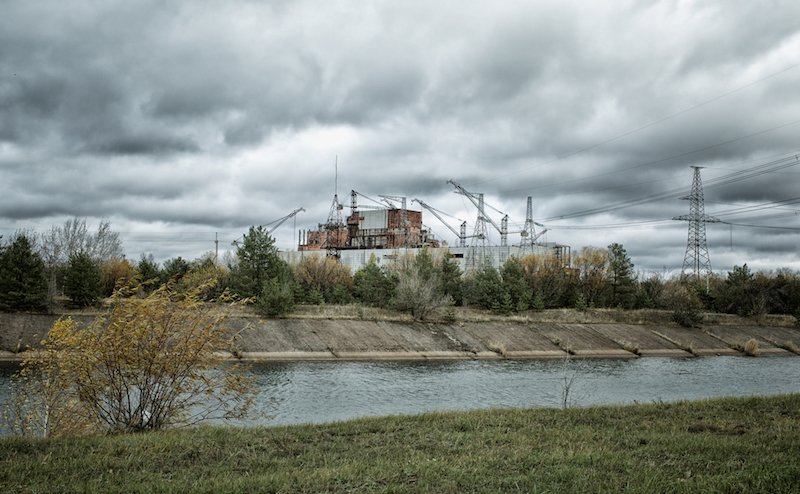Adventure Travel
China plans to build a solar plant at Chernobyl

Image: Oriole Gin/Shutterstock
Thirty years after the disastrous nuclear accident at Chernobyl, longstanding questions remain. What should happen to the 1,000 square miles of radiated land in the fall-out zone? While areas of the exclusion zone were opened to tourists in 2011, many places are still so filled with radiation that the Ukrainian government estimates they won’t be fit for human habitation for 20,000 years.
That’s precisely why two businesses, GCL System Integration Technology (GCL-SI) and the China National Complete Engineering Corp (CCEC), have designed a solution. In a press release earlier this fall, they stated their intentions to build a solar power plant somewhere within the exclusion zone.
Shu Hua, the chairman of GCL-SI, said in the release, “There will be remarkable social benefits and economic ones as we try to renovate the once damaged area with green and renewable energy.” That, combined with China’s interest in expanding business internationally, means this venture is sure to make waves around the world.
The new plant will be operated by CCEC, which is technically Chinese state-run, but will use GCL-SI to provide and install the solar components at an undisclosed cost.
China is the world’s largest producer of solar power, having generated 43 gigawatts of capacity at the end of 2015. The country is also known as the top manufacturer of solar power components, claiming 73% of total global production.
The exact location of the solar plant remains unclear, but a manager from GCL-SI spoke covertly with Reuters about the building site. He declined to provide his name for privacy reasons, but his words sound reassuring to those who question the safety of such a feat. He told Reuters, “Ukraine has passed a law allowing the site to be developed for agriculture and other things, so that means (the radiation) is under control.”
This hopefully means that future construction workers and employees of the solar plant will be able to work without threat of radiation. Of course, the Ukrainian studies declaring safety from radiation will be the most assuring piece of evidence in this truly bizarre location choice. We do know that a $1.6 billion steel-clad arch will be constructed over the original defective reactor in 2017, which will undoubtedly continue to protect the area from further nuclear radiation.
The official release did include small tidbits of information for the public, including an estimated construction start for next year.
The press release comes after a huge national push toward sustainable power, specifically in places that require protection from urban encroachment. The Chinese government has focused on solar and wind projects domestically, even opening plants in the country’s top coal-producing province of Shanxi. Damaged or contaminated lands have been primary building grounds in the past, so leaning toward the Chernobyl site is a natural—albeit shocking—move.
As the world continues to turn toward clean energy, these businesses have proposed an extremely unique solution. And with the endless resources of the Chinese government, backed by the good will of the Ukrainian government, the new solar plant has plenty of room to succeed. The only question that remains is: Will other global governments follow China’s lead toward clean energy? We can only hope!





0 comments